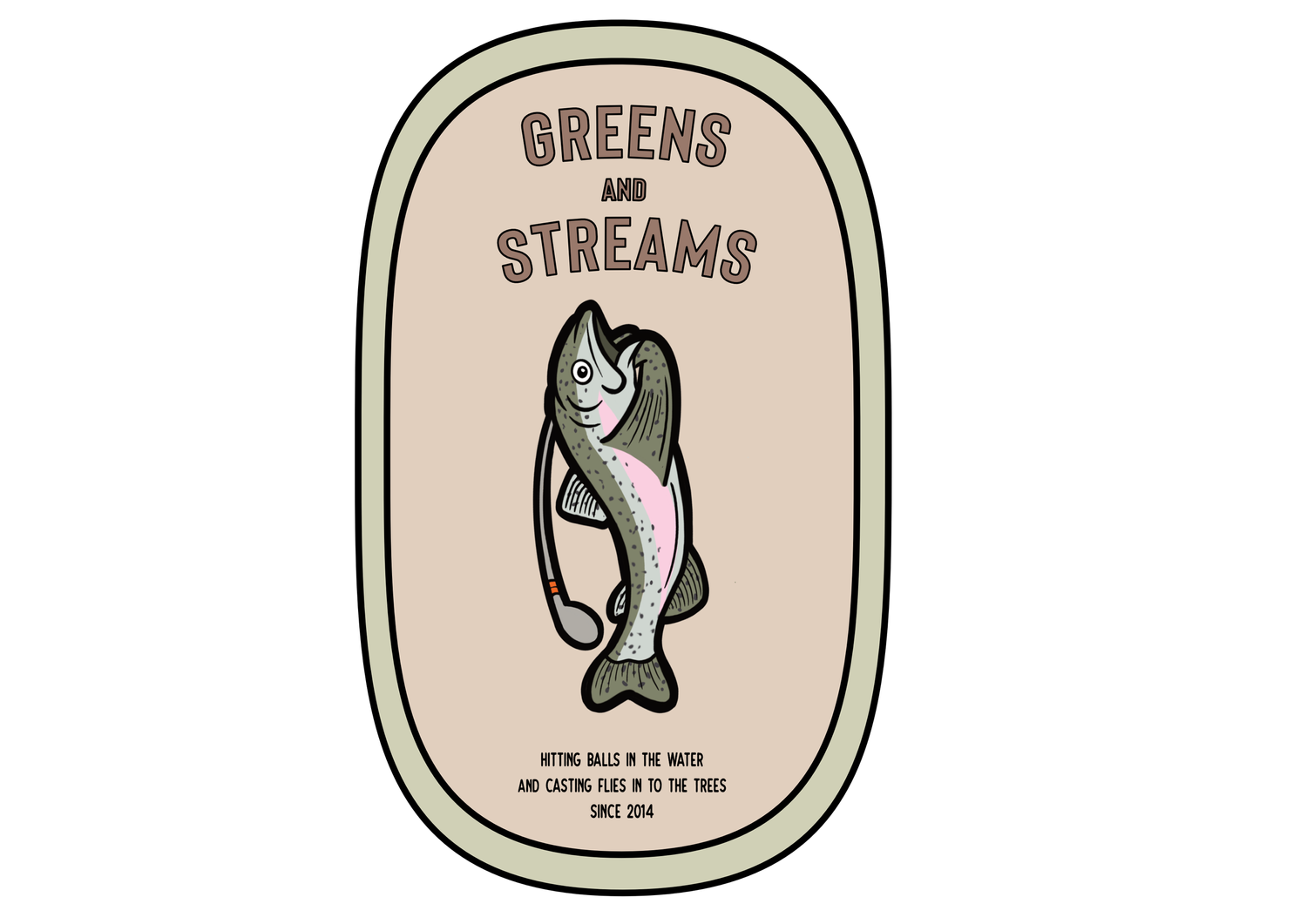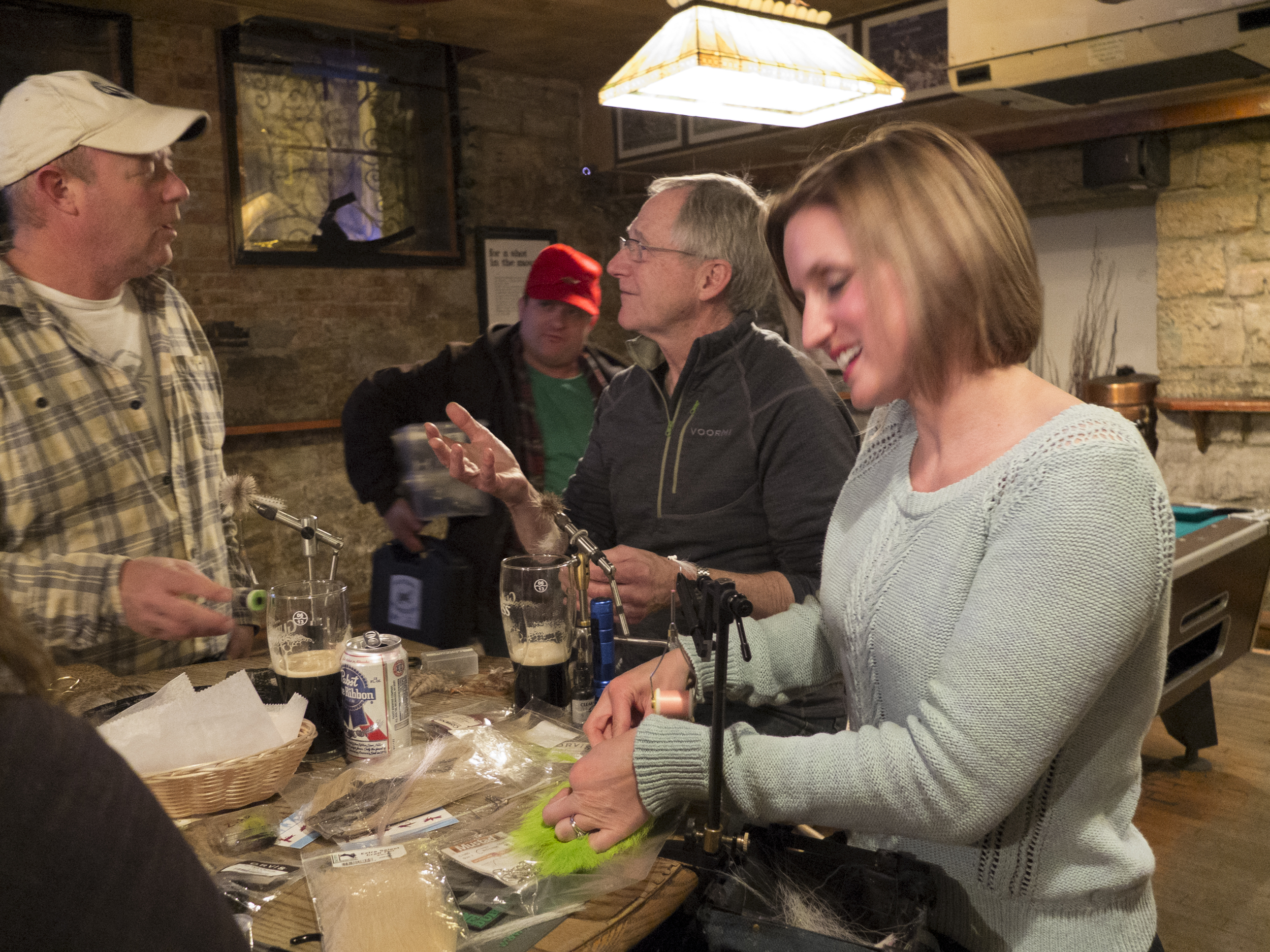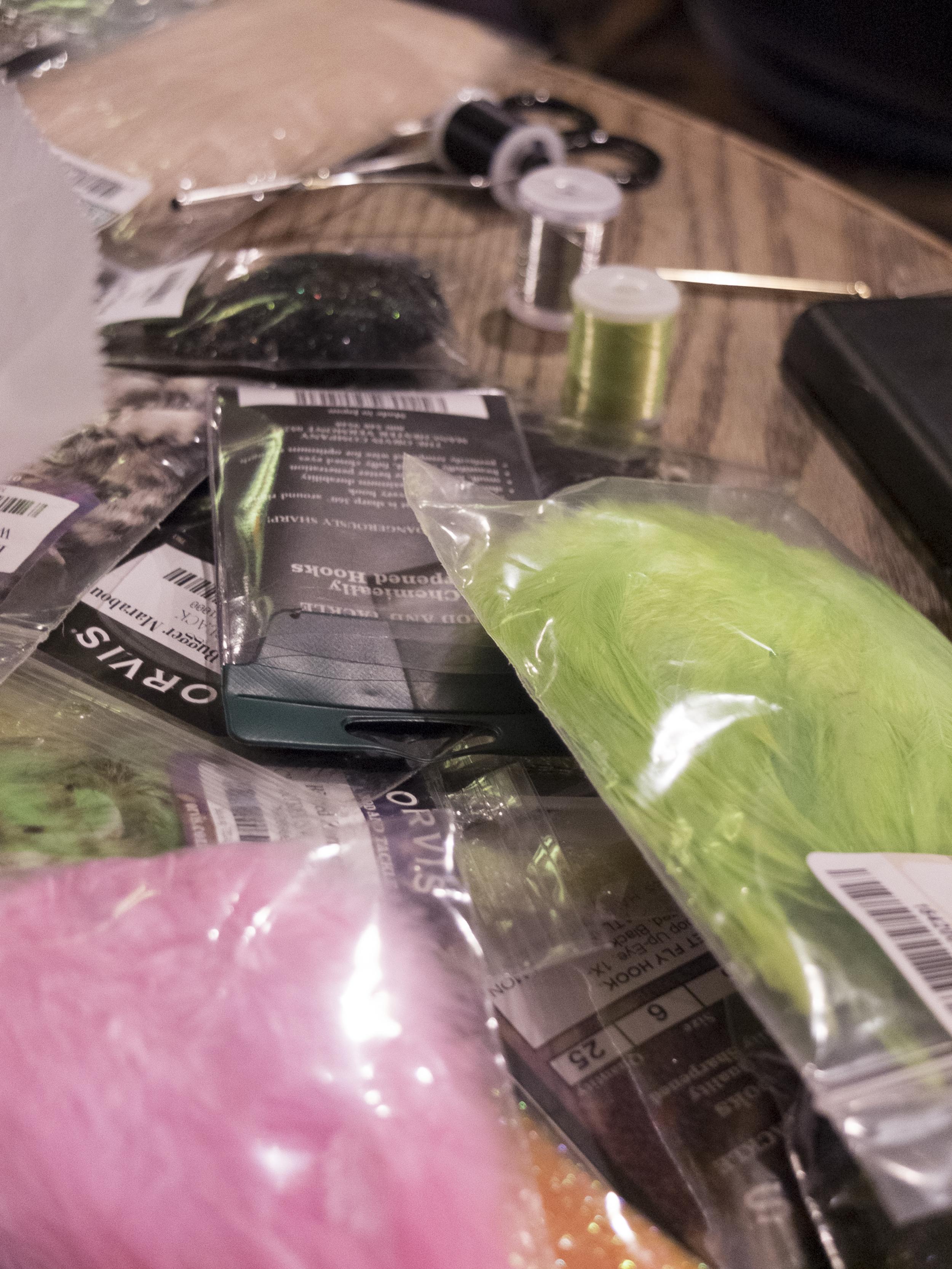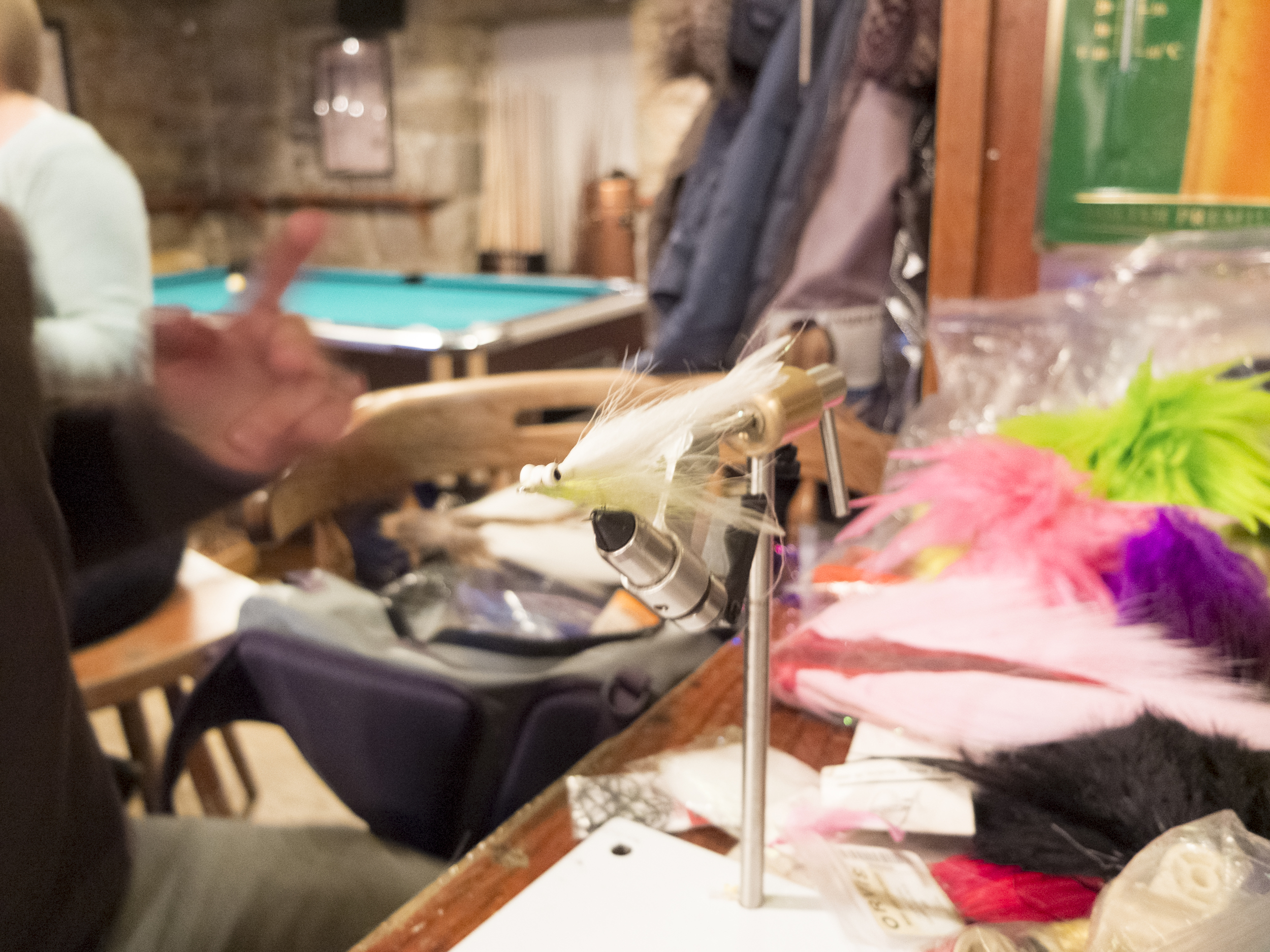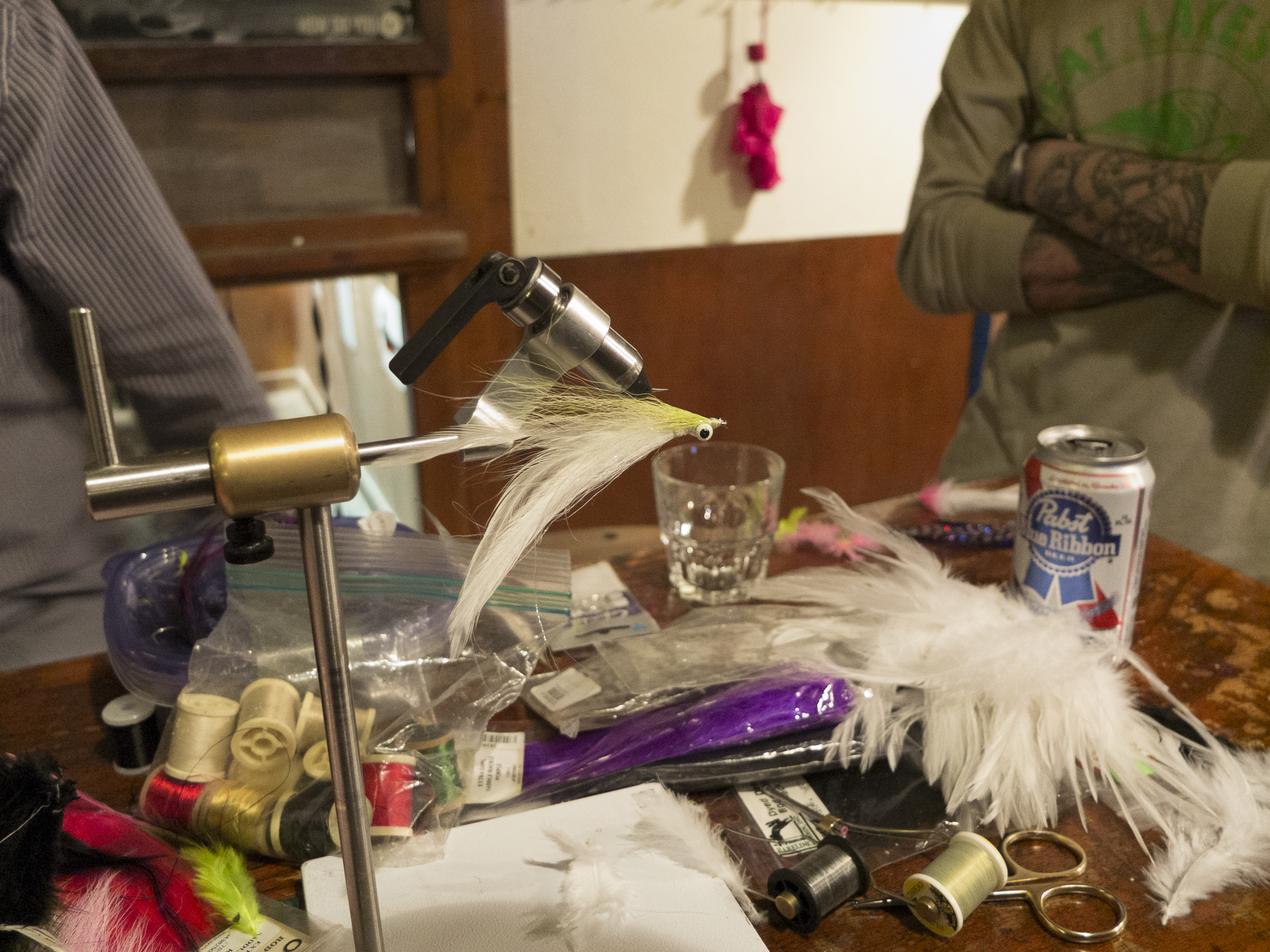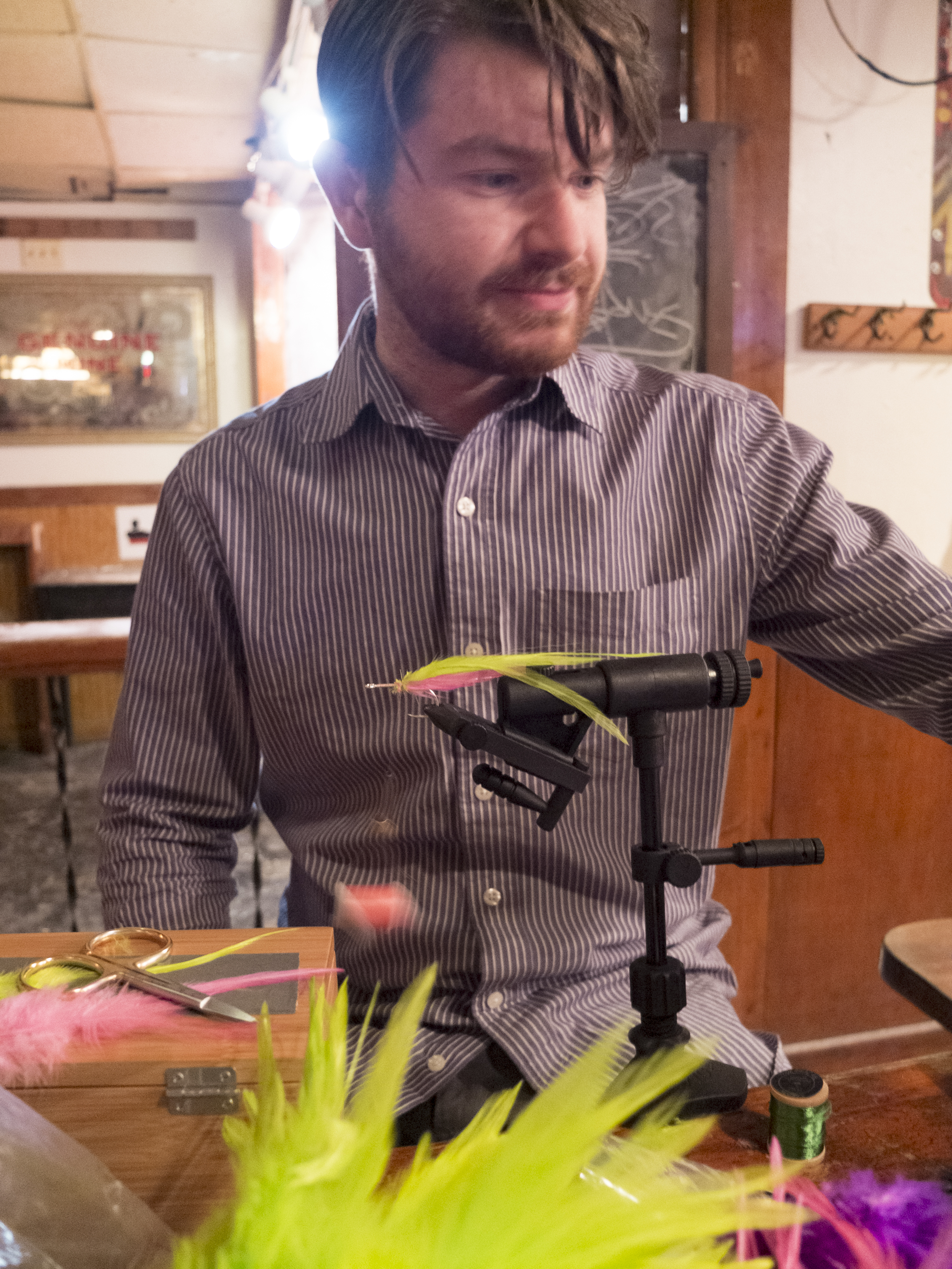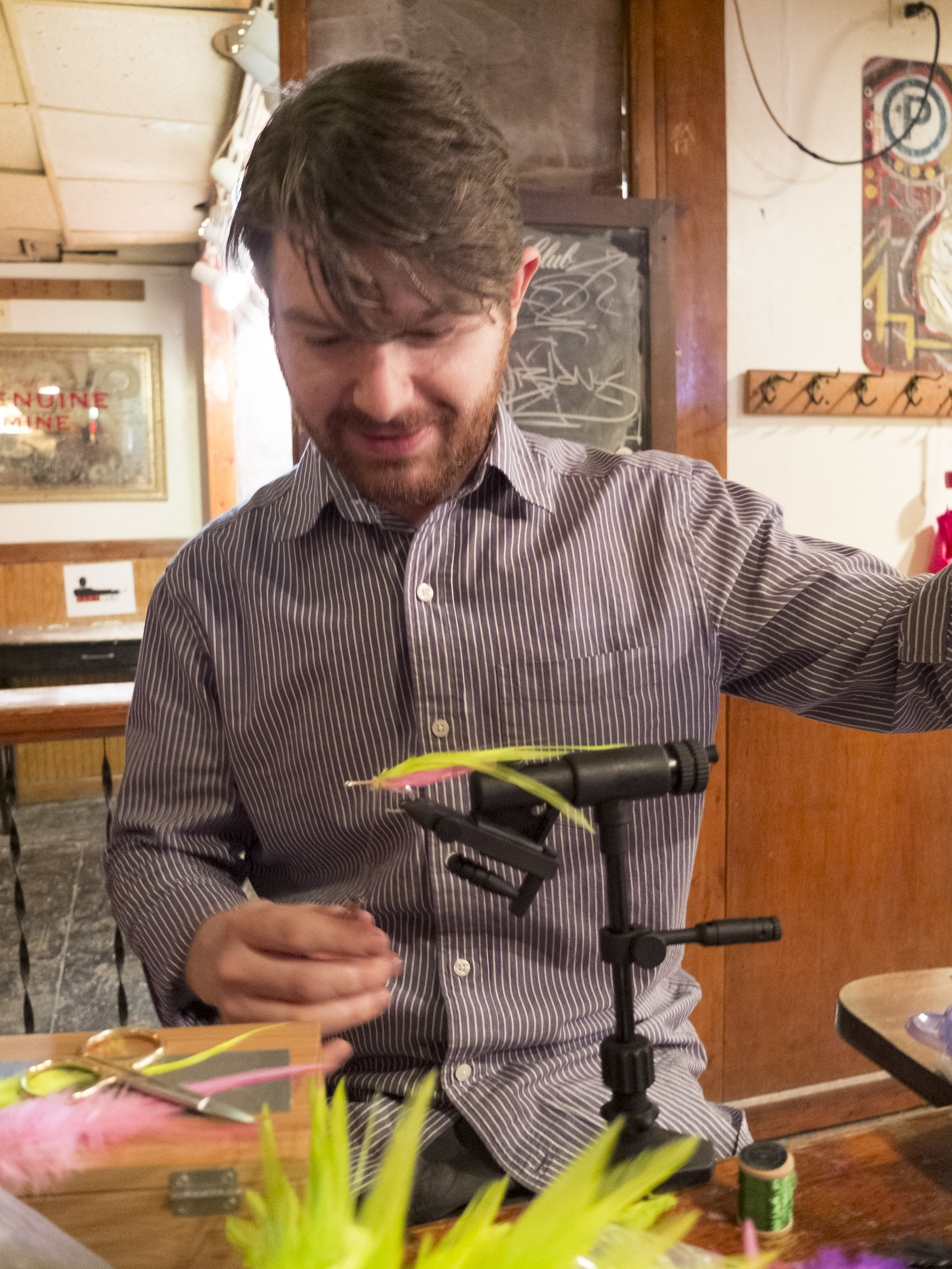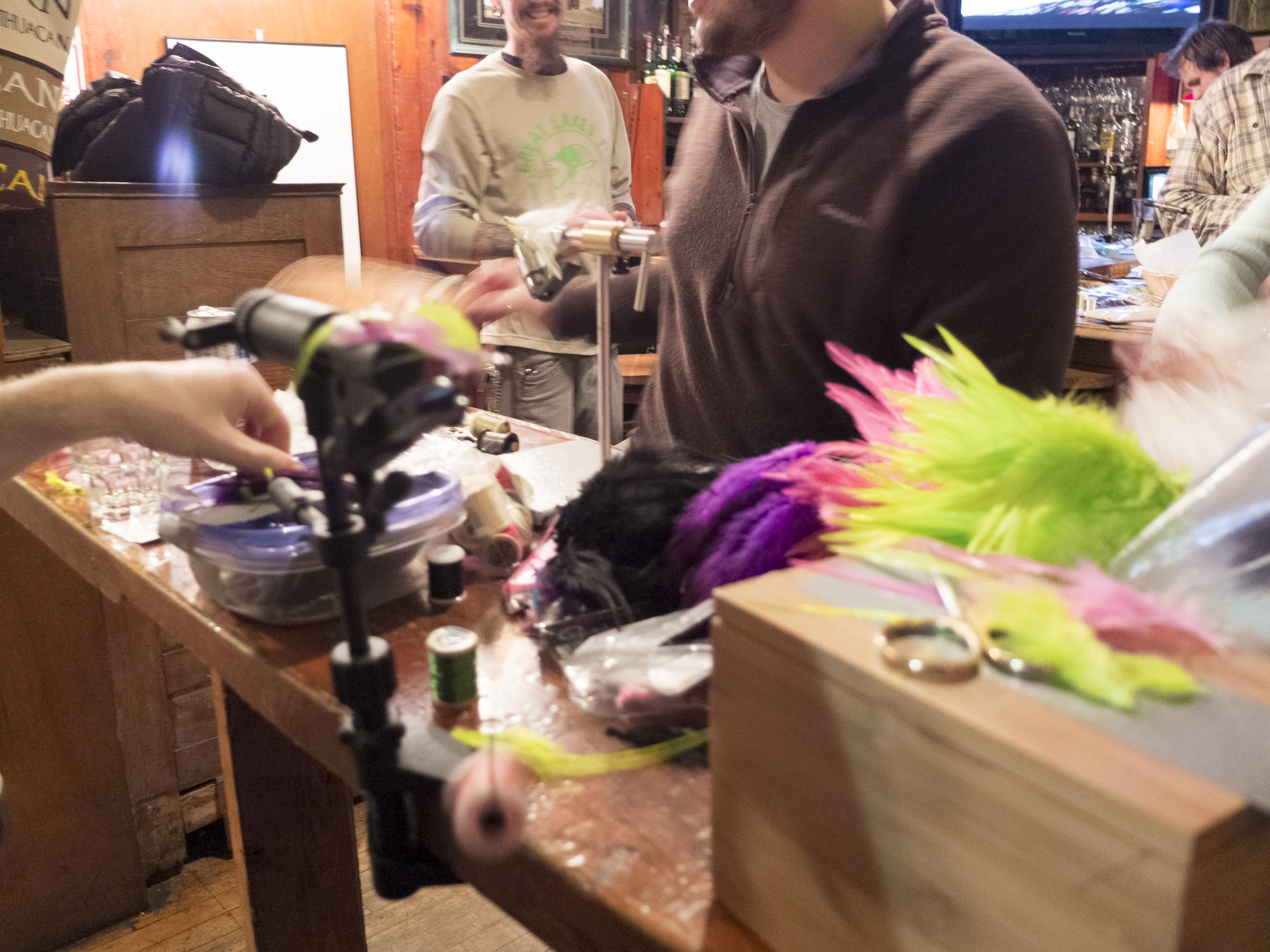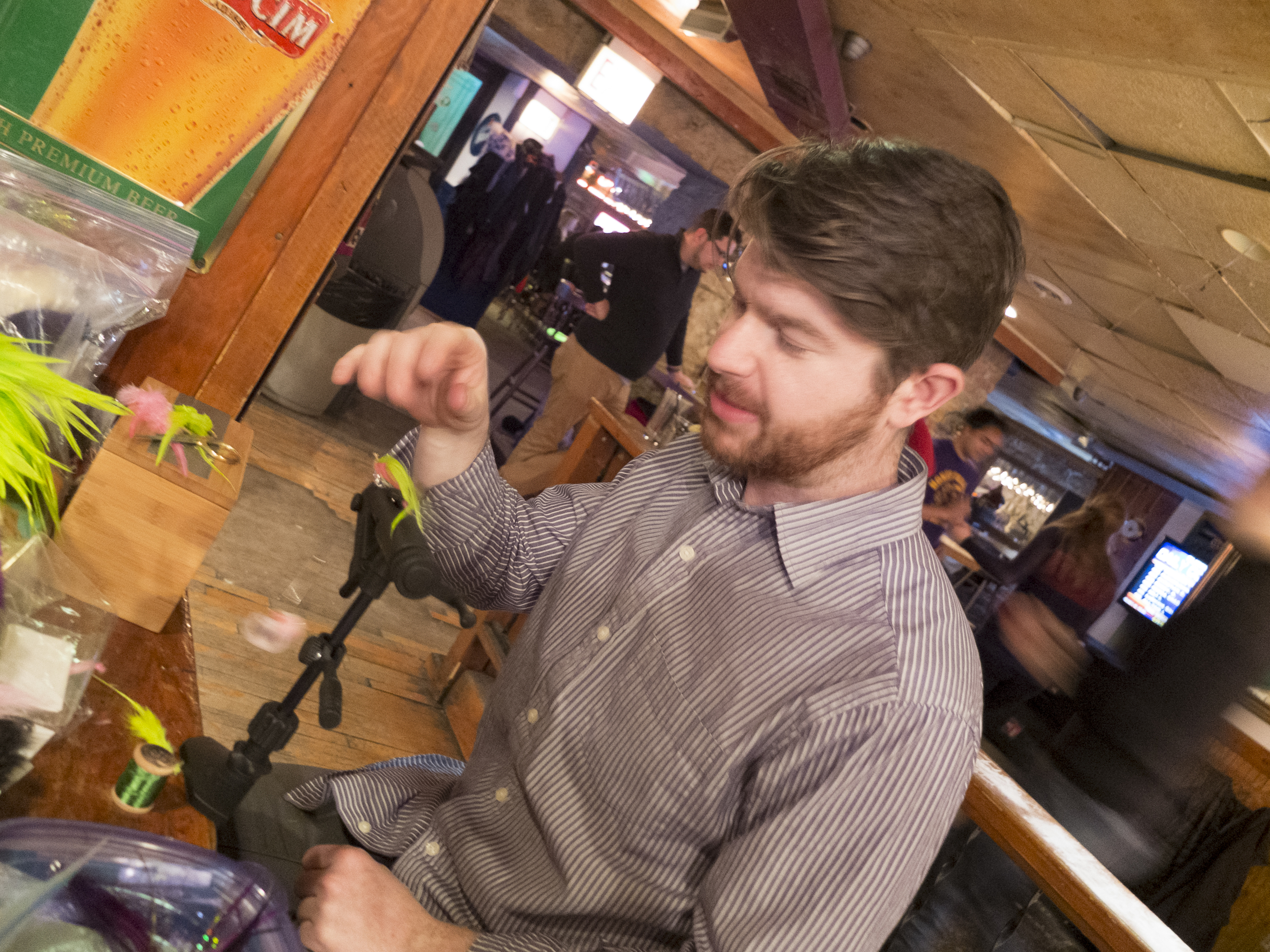GREENS AND STREAMS BLOG
How to Shoot a Shotgun Like a Pro
I've been shooting sporting clays for about fifteen years now and just now finding a passion in bird hunting. With my wife, and a few other guys I know, getting in to shooting and starting to pick up using firearms, their understanding of how to use these weapons responsibly and correctly is very important.
When I came across this short video and breakdown of sport shooting with a shotgun on Gear Patrol I enjoyed it and thought it provided a great refresher. If you're new to using a shotgun or starting to get more in to sport shooting, here's a a great how to for mastering shooting with a shotgun.
How to Shoot a Shotgun Like a Pro
Should you write or publish your work for free?
I took a recent, albeit impromptu poll about being paid for you work, of some friends of mine who are professional writers, artists, designers and photographers.
This started because I submitted a query letter to an on-line publication about an article I had been working on. At the end of the letter I asked about payment rates for writing, illustrations and photos. Imagine my response when I was told, "We don't pay for articles, photos or illustrations. We also retain publication rights."
If you are not a professional writer, you're probably wondering what this means. It means that they can resell your article/photos, re-use your article/photos and use your article/photos in marketing and publications without you getting a dime.
Still want to write or submit photos for free?
The poll revealed a couple of things:
Don't work for free
Standard rates should apply (Get a copy of The Writer's Guide) http://www.amazon.com/Writers-Editors-Publishers-Literary-Edition/dp/0761537457
You should only allow a one-time only publish and no reprints
But there was a bit of a caveat: unless you can afford to, or unless you're a young writer looking for more prominent exposure, writing for free might be okay. (Might, being the operative word.)
It's simple if you think about it, a publication makes money by selling advertisement. If a publication has a rate chart, they're selling ads. Advertisers want to know how many subscribers the publication has and what demographic they serve. Subscribers want content that is worth reading, useful, and entertaining. You, as a writer/photographer/filmmaker provide that content. And when an advertiser looks at a magazine it wants to advertise in, guess whose work they look at? That's right, you are generating revenue and working for free while someone else profits from your work.
Let's say you're a guide, imagine if I brought two people on a guided trip, you row, put us on fish and I collect the fees and tip and give you a handshake with a smile. Then say, “There might be some residual reward for you for doing this.”
Or you go to your day job and they say, “Hey thanks for helping us make a profit, and no, we’re not paying you because we’re such nice folks.”
Still want to write for free? Still want to schlepp camera and gear around just to get a handshake, a wink and a byline?
Unless the publication is prominent, I suggest you bypass working for free. A couple of things to remember, if you get a reputation for doing work for free, it suggests that your work isn't professional and if you want to start charging you might find it difficult to get someone to pay you what is considered a standard rate.
Remember the line, "If you can get the milk for free, why buy the cow?"
So here’s a few tips for you:
Check the references of the publication and see if they have a rate for writers. If not, move on.
Buy a writers guide and see whose buying articles.
Write a query letter and see if they're interested in your idea and willing to pay.
Most importantly of all: write and edit your work until it is polished and professional.
Clean up your photos and make sure they're in a format the magazine can use.
Be professional and you can charge what the market will bear.
There are some on-line magazines that profit from your work. There are print magazines that profit from your work.
The important question is, how do you profit from your work?
Stuart Van Dorn
Mr Van Dorn in his element
Bar Flies at Chi-tie
Most tying groups meet in churches, in a meeting room in a store, or someone’s home or even at colleges. Personally, I always thought it would be best if we could meet in a bar. Good company, beer, tying and food with a never ending jukebox and darts in the background.
Welcome to Chi-tie!
Eric Heckman, from Coren's, who has tied with the group before asked me to venture along with him on Monday night. The group meets the second Monday of the month, starting at 6:30 and they’re currently at Galway Bay Bar.
The February gathering was the largest they’ve ever had. Which is good for the group and good for the bar. I had a chance to catch up with a buddy, Adam Marton, who works with the Bonefish and Tarpon Trust, and heads up AM Film Productions. As good a guy as you’d ever want to fish with. And he has a really nice fly tying box that I’ve threatened to steal a number of times. Also there was Nikki, who manages the downtown Orvis Store, and a number of people whose names I’ve simply forgotten and apologize for. Except for Dave, who is the ringleader of sorts of this diverse tying group.
So here’s what you need to know. This is a tying group, that is, you bring your stuff and you sit and tie and you chat and drink beer and socialize and tie some more. You talk about patterns, you talk about materials and you talk about fishing. (And drink beer.) There’s no demonstrations, no videos, and no guy saying, “Well you see, I’m the president of the group and so on…” This is tiers getting together to tie.
So last night, Adam tied a floating crab with deerhair, Dave tied a nifty baitfish pattern, there was a foam frog, a pink clouser, a bugger type fly with a barred rabbit tail, I tied streamers, Eric tied a chickabou crayfish pattern and there were nymphs and so on being tied.
If you plan to go, and you should, a couple of suggestions.
Know what you want to tie and just bring those materials. The tables are bar tables and so room is a premium. If you have a light for your vise, you might want to bring it. This is a bar not a well lit room, although it’s adequate, some supplemental lighting would be helpful. If you drop something on the floor…forget it unless it’s big and shiny. It’s a bar floor and dark. Tip the bartender, he’s the one who lets you tie there. Thank Chi-tie for putting this together.
Also, parking isn’t easy in the city. If you can car pool or take public transportation, do so.
As always, you’ll meet nice people, if you walk around and chat with other tiers you’ll earn some new things. You’ll find sources of new and interesting materials and as always, discover that fly tying, while it has its traditions, isn’t stuck in the past. The people you’ll meet at a Chi-tie session aren’t tying your daddy’s dry flies.
So here’s to beer and fellowship and a toast to Chi-tie!
See you in a month.
Stuart
Blog address: http://chi-tie.blogspot.com/
Meeting: 6:30 start time on the Second Monday of the month.
Location is: Galway Bay bar
500 W Diversey Ave, Chicago, IL 60657
